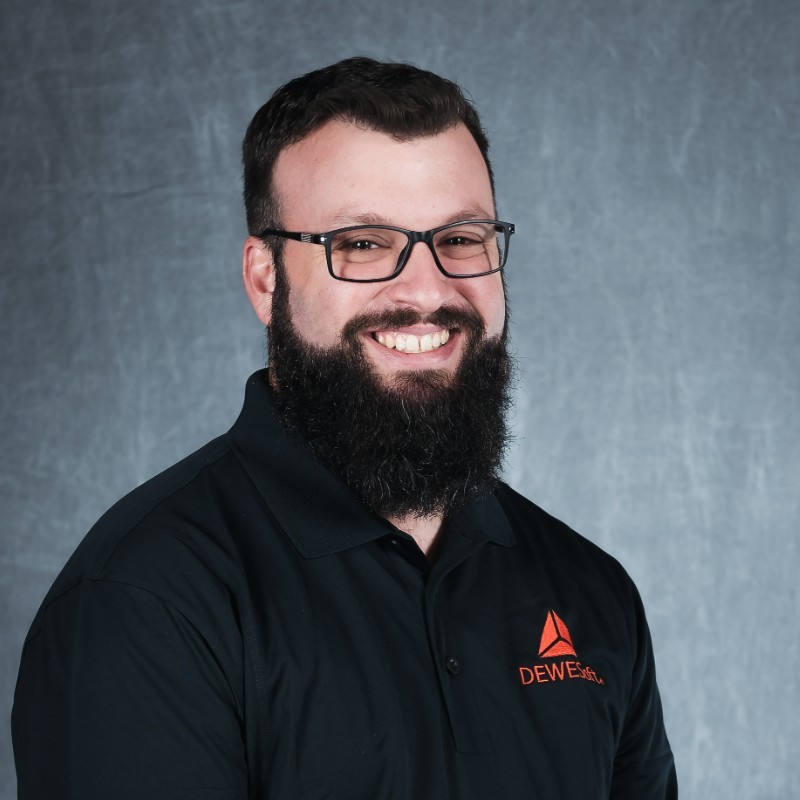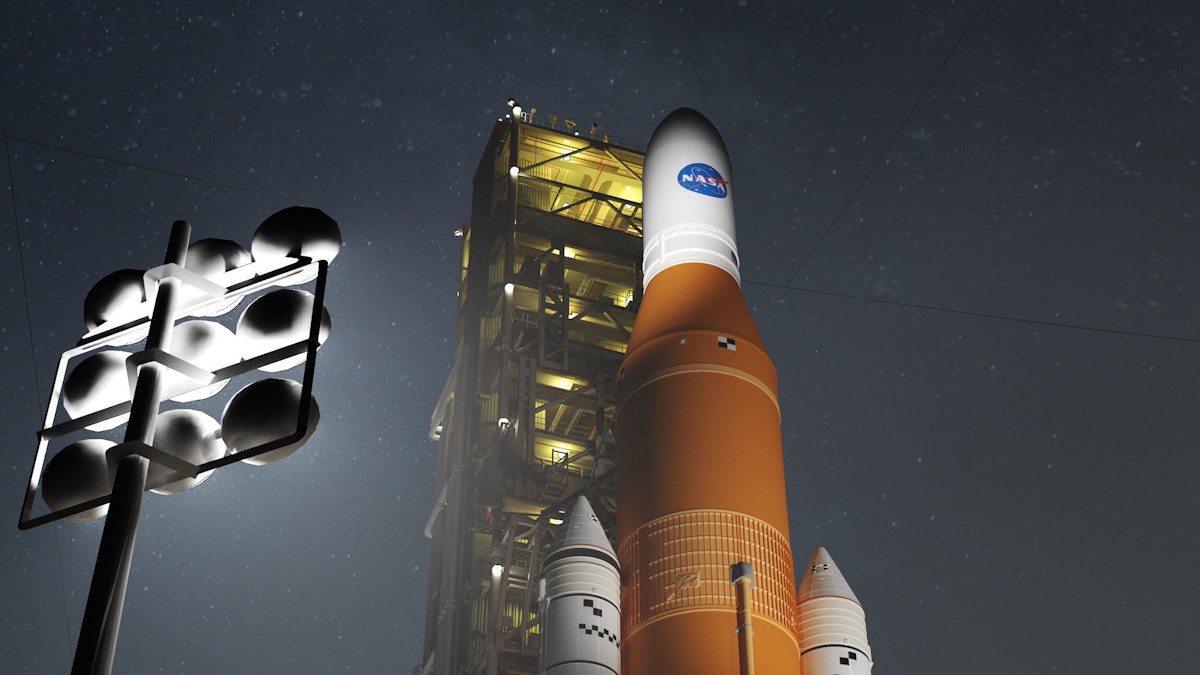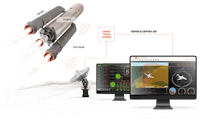Table of contents
Browse categories
Browse authors
 AB
ABAlberto Boffi
 AL
ALAlessia Longo
 AH
AHAl Hoge
 AB
ABAljaž Blažun
 BJ
BJBernard Jerman
 BČ
BČBojan Čontala
 CF
CFCarsten Frederiksen
 CS
CSCarsten Stjernfelt
 DC
DCDaniel Colmenares
 DF
DFDino Florjančič
 EB
EBEmanuele Burgognoni
 EK
EKEva Kalšek
 FB
FBFranck Beranger
 GR
GRGabriele Ribichini
Glacier Chen
 GS
GSGrant Maloy Smith
 HB
HBHelmut Behmüller
 IB
IBIza Burnik
 JO
JOJaka Ogorevc
 JR
JRJake Rosenthal
 JS
JSJernej Sirk
 JM
JMJohn Miller
 KM
KMKarla Yera Morales
 KD
KDKayla Day
 KS
KSKonrad Schweiger
Leslie Wang
 LS
LSLoïc Siret
 LJ
LJLuka Jerman
 MB
MBMarco Behmer
 MR
MRMarco Ribichini
 ML
MLMatic Lebar
 MS
MSMatjaž Strniša
 ME
MEMatthew Engquist
 ME
MEMichael Elmerick
 NP
NPNicolas Phan
 OM
OMOwen Maginity
 PF
PFPatrick Fu
 PR
PRPrimož Rome
 RM
RMRok Mesar
 RS
RSRupert Schwarz
 SA
SASamuele Ardizio
 SK
SKSimon Kodrič
 SG
SGSøren Linnet Gjelstrup
 TH
THThorsten Hartleb
 TV
TVTirin Varghese
 UK
UKUrban Kuhar
Valentino Pagliara
 VS
VSVid Selič
 WK
WKWill Kooiker
NASA PCM Telemetry Processing Station


Record & playback subsystem (RPS)
For the new Space Launch System (SLS) rocket NASA has changed the Telemetry Systems configuration to be all Ethernet packet-based using USGS DEM standard spatial file format headers to decode all the messages.
Dewesoft and the Realtime & Playback Subsystem Laboratory have developed a power troubleshooting and data collection tool - an Ethernet Receiver plugin for DewesoftX data acquisition software. In the end, Dewesoft delivered eleven state-of-the-art data acquisition systems and transferred customer DewesoftX software licenses to the new instruments.
NASA, the National Aeronautics and Space Administration, is an independent agency of the United States Federal Government responsible for the national civilian space program, as well as research in aeronautics and aerospace technologies.
The new Space Launch System (SLS) is a super heavy-lift expendable launch vehicle, which is under development as of August 2019. It is the primary launch vehicle of NASA's deep space exploration plans, including the planned crewed lunar flights of the Artemis program and a possible follow-on human mission to Mars.
The Launch Control Center (LCC) is a four-story building at the southeast corner of the massive Vehicle Assembly Building in the Launch Complex 39 area of the spaceport at NASA's Kennedy Space Center on Merritt Island, Florida.
Since the unmanned Apollo 4 launch in 1967 LCC has managed launches of spacecraft, including all American space flights with human crews. NASA's 52 Space Shuttle program also used LCC. The center has recently been renovated in preparation for the upcoming SLS missions, which are scheduled to begin in 2020 with Artemis 1.
From 2016 to 2018, the LCC and Launch Complex 39B have seen complete upgrades tailored to the needs of the SLS rocket and Orion spacecraft, and for commercial partners. Among others, Launch Pad 39B has been modified and upgraded with state-of-the-art communications and weather instrumentation systems.
The PCM telemetry laboratory
Physically connected to the Vehicle Assembly Building, the LCC contains offices and laboratories for telemetry, tracking, and instrumentation equipment, the automated Launch Processing System, and four firing rooms.
The Dewesoft end-user at LCC is the Realtime & Playback Subsystem laboratory responsible for all real-time Telemetry data processing. The systems acquire measurements or other data at remote or inaccessible points and automatically transmit these to receiving equipment for monitoring and analysis.
The telemetry monitoring systems independently verify mission data from ground support equipment/rockets/spacecraft and for vehicle and payload troubleshooting. They provide:
Real-time plotting and retrieval functions at the Firing Room console or in the office
Real-time and near real-time troubleshooting tools - data for offsite users
Translates data into information with capabilities such as data fusion, health, and persistent data
Digital storage and file transfer of analog data
Real-time or post-test bit anomaly detection and measurement scaling
Data Analysis at the bit level
24/7 intelligent, autonomous-based data monitoring Data acquisition, Engineering Unit conversion, and analysis
Variety of data output methods and report formats
LCC has been using the DewesoftX data acquisition software starting back in 2008 with applying Dewetron computers and Pulse Code Modulation (PCM encoder) telemetry cards to encode analog data into a serial digital format for long-distance transmission. When the signal-to-noise ratio of an analog signal deteriorates due to attenuation, amplifying the signal also amplifies noise. Digital signals are more easily separated from the noise and can be regenerated in their original state.
However, these obsolete Dewetron 901 data acquisition systems which had DewesoftX software licenses on them needed to be replaced. LCC wanted to upgrade these data acquisition units but also keep and transfer the DewesoftX software licenses.
200.000 channels of ethernet data
The DewesoftX data acquisition software is now able to process over 200.000 channels of Ethernet data from the SLS rocket received through telemetry RF signal antennas in real-time. Data to include PLC booster data, main engine data, umbilical control data on Launcher (data required consumables), rocket avionics data, 2nd stage telemetry, and full capsule telemetry links as well.
LCC needs the capability to process this data into manageable subsets of over 200.000 parameters. Thus, needing the usage of multiple Dewesoft processing stations decommutating raw Ethernet channels to parameters defined by the Engineering Unit. The challenge was the configuration management along with the display processing of over 300 parameters in a single display.
Furthermore, the data then has to be sent to the Firing Rooms for analysts with real-time display and a comparison with the data in the NASA built Launch Control Software for the SLS Rocket.
Standard IRIG 106 Chapter 10 interface
Dewesoft has a variety of data acquisition hardware that can interface with the telemetry market. It uses DewesoftX DAQ software that can read and decode the IRIG 106 Chapter 10 data from any telemetry data recorder in real-time over the ethernet or a pre-recorded Chapter 10 file.
It allows the acquisition, storage, visualization and analysis of multiple, synchronized data sources. The software is able to combine standard analog data acquisition solutions with telemetry data, aircraft bus data (PCM, ARINC 492, MIL-STD-1553, iNet), video and many others.
In this case, the solution was to use SIRIUS R3 DAQ systems. Eleven R3 chassis with full Dewesoft licenses to complement the three Windows servers that were already running the DewesoftX data acquisition software in a Virtual Machine configuration as a mainframe processing station for data reduction and recording.
Fast sampling rates data acquisition
SIRIUS R3 DAQ systems are rack-mountable built into standard PC computer chassis. R3 features DualCoreADC® analog inputs with 160 dB dynamic range and acquisition and data rates of 200 kHz per channel or optional high-speed amplifiers with speeds up to 1 MHz per channel.
One R3 chassis can hold up to three SIRIUS DAQ slices with a total of 48 analog channels, 24 counter/encoder channel, 72 digital channels and 3 high speed CAN bus ports. An array of different amplifiers is available for virtually any signal and sensor.
At LCC the R3 chassis were fitted with an extra Ethernet Port card. The software licensing could then be moved and each system was outfitted with the DewesoftX software for professional developers, Ethernet Receiver, iNet plugin and the Net option for client-server broadcast, as well as the PCM Plugin and a Chapter 10 Plugin.
Data acquisition software - ARINC 429, MIL-STD-1553
IRIG 106 Chapter 10 is part of the Standard for Digital Flight Data Recording, IRIG 106, a comprehensive telemetry standard to ensure interoperability. Chapter 10 - Digital On-Board Recorder Standard defines the operation and interfaces for digital flight data recorders.
The DewesoftX Chapter 10 plug-in is a specialized plug-in to read a closed recorded data file or a real-time Ethernet stream of IRIG 106 Chapter 10 formatted data. The plugin will receive the incoming Chapter 10 data stream from a closed file playback from the hard drive or from a real-time Ethernet stream. It will then find the embedded time in the Chapter 10 file to set the Dewesoft master clock too.
Then Chapter 10 Plug-in will prepare each data channel included in the data stream for processing. For the Analog Data, Video, and Discrete data the plugin will organize the data channels for proper processing and display. More complex data types like PCM and Arinc 429/MIL-STD-1553 data will be directed to their appropriate plug-ins in DewesoftX software for further processing.
Through configuration management tools all the processing stations can run simultaneously processing the same data. Using the Dewesoft IRIG-ACDC card inside each of the R3 chassis all the systems are able to be synchronized in time to have perfect data correlation.
Pulse Code Modulation (PCM) is the simplest form of waveform coding. PCM telemetry encoders are used to encode the data in a serial digital format and transmit it on a carrier to another location for decoding and analysis.
The DewesoftX PCM plug-in includes the bit sync, frame sync, decommutation for SIRIUS-2xPCM, Ulyssix cards or Chapter 10 plug-in. It can decode thousands of channels from those interfaces, and supports embedded streams and FFIs. The data are again synchronized with the use of IRIG to the analog data and video streams.
IRIG 106 - Chapter 10 ground station
With plugins DewesoftX can fully decode, visualize, and analyze IRIG 106 Chapter 10 data and utilizes standard input format for telemetry data interface ethernet packets real-time consisting of:
PCM Data (unpacked, packed and throughput)
MIL-1553 and ARINC-429 bus data
iNET data recording from up-to-date telemetry standards
Video - Standard Video and High-Speed Video
Ethernet & UART channels
Analog Data
Ethernet Data
TMATS (setup channel)
Timing (absolute time)
The ability to record data in throughput-packed and unpacked modes gives the flexibility needed and provides an all-in-one processing and recording package for the ground station. The DewesoftX software can also replay Chapter 10 files. Data is frame synchronized and decommuted giving the ability to playback and process Chapter 10 files without tying up an entire ground station.
The Dewesoft system will always store raw data and leave optimal possibilities for offline data processing and visualization.
Conclusion
Cooperating with a long-time customer like LCC creates a mutually trusting relationship. For more than 10 years Dewesoft and LCC have had open communication working together to expand the capabilities of their laboratories - along with helping advance Dewesoft capabilities from their feedback.
This effort of working alongside has enabled the development of the Ethernet Receiver plugin as a power troubleshooting and data collection tool. With the Filter Chains and Engineering Unit conversation setups now, it can sniff any Ethernet stream from any source and chart parameters within the power of Dewesoft software.
Dewesoft X3 can receive and decode data from multiple ethernet streams. Different filter capabilities are available (TCP, UDP, filter data) and support data decoding with various formats (Motorola, Intel, float, signed, unsigned ...). Linear and non-linear (polynomial) scaling is possible.
The Ethernet Receiver is suitable for Industrial Market, Test Stand data collection and troubleshooting, Telemetry Ground Station and many more. To help engineers understand its true power, this tool should now be called “the Wire Shark on steroids”.
Other PCM telemetry resources
